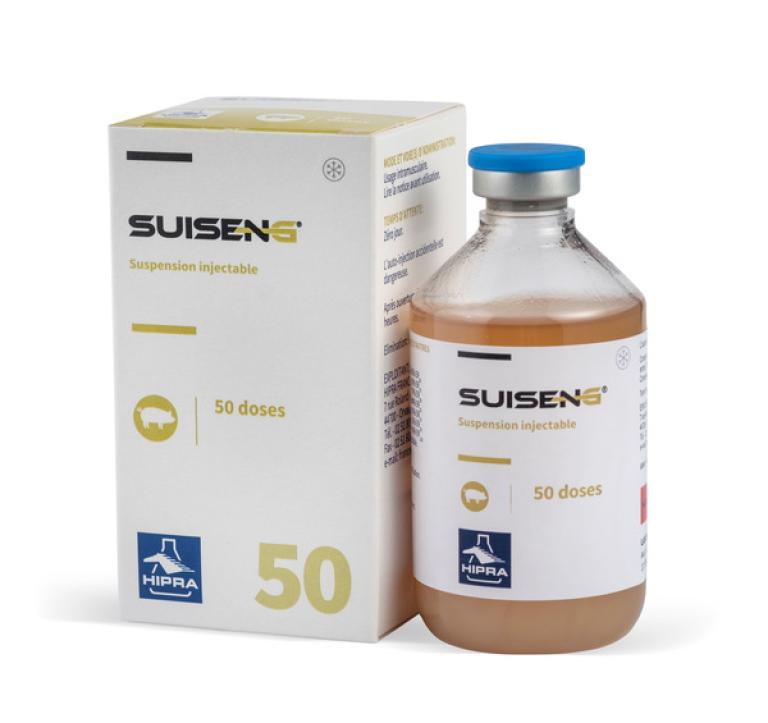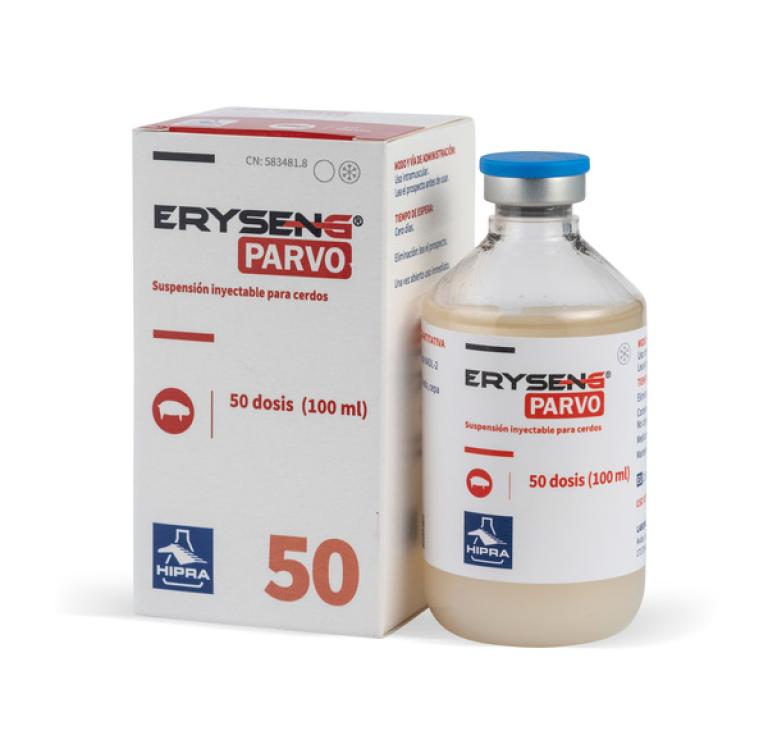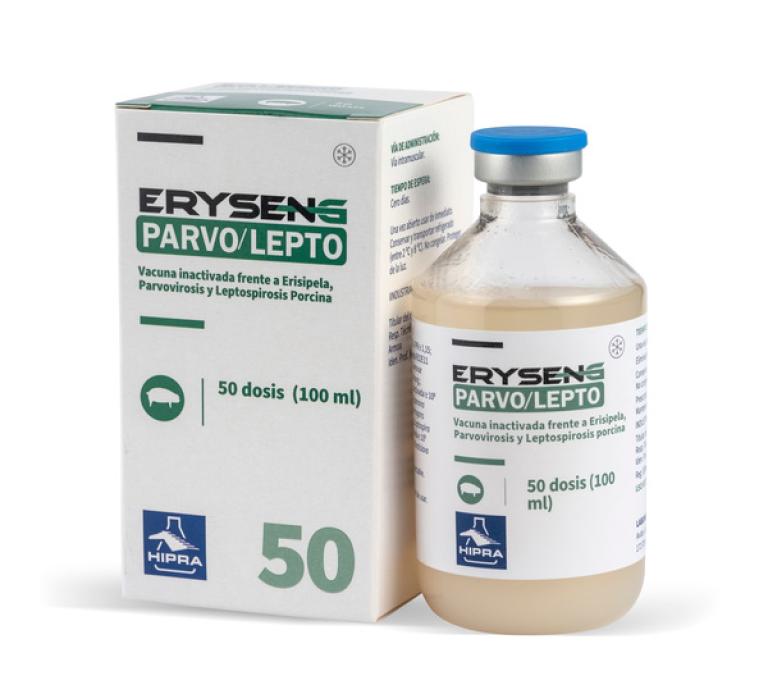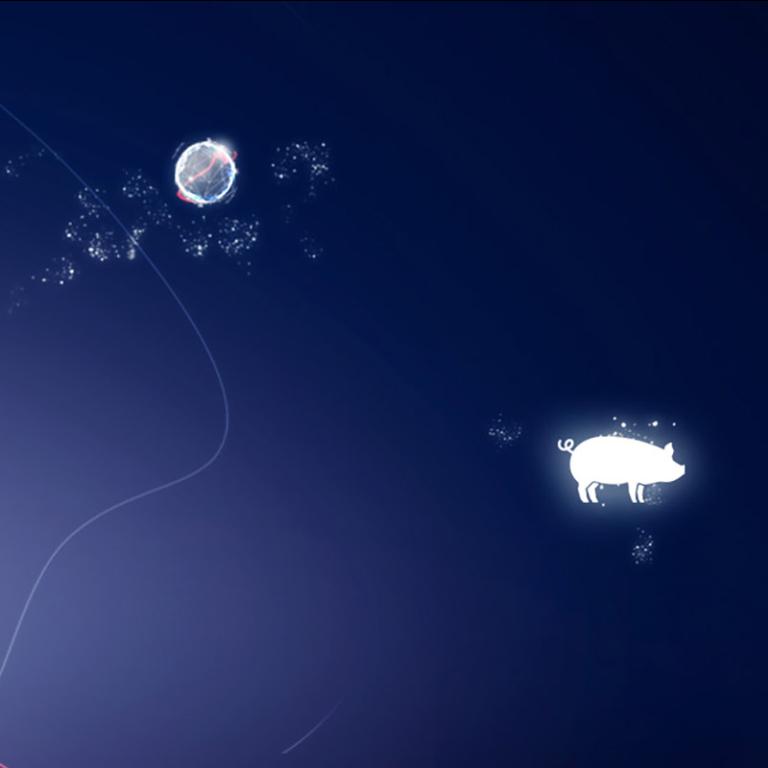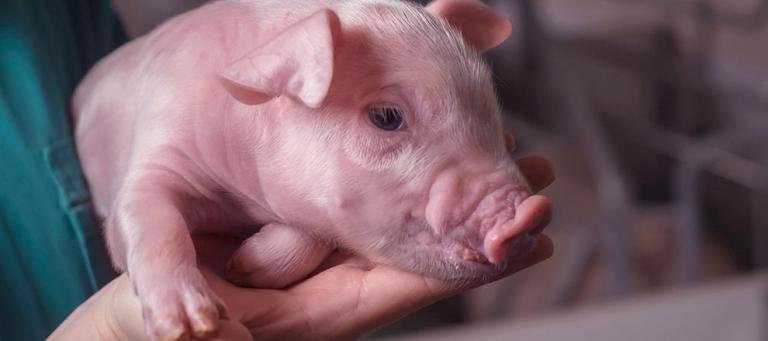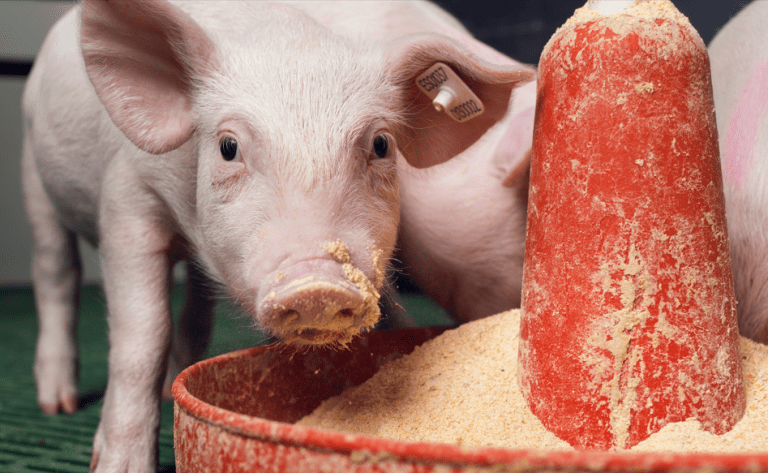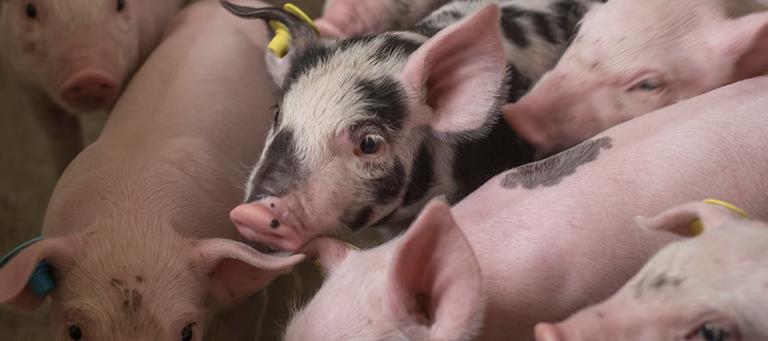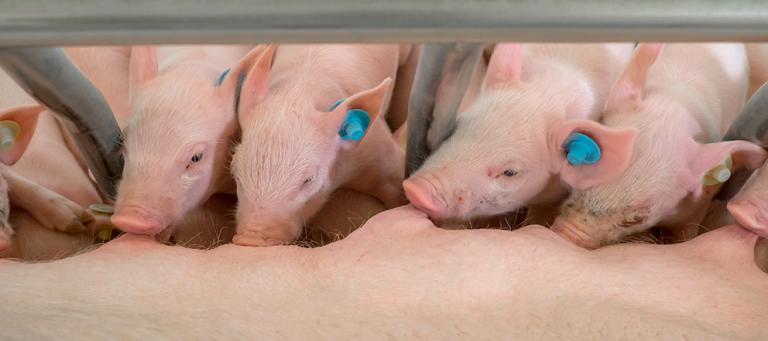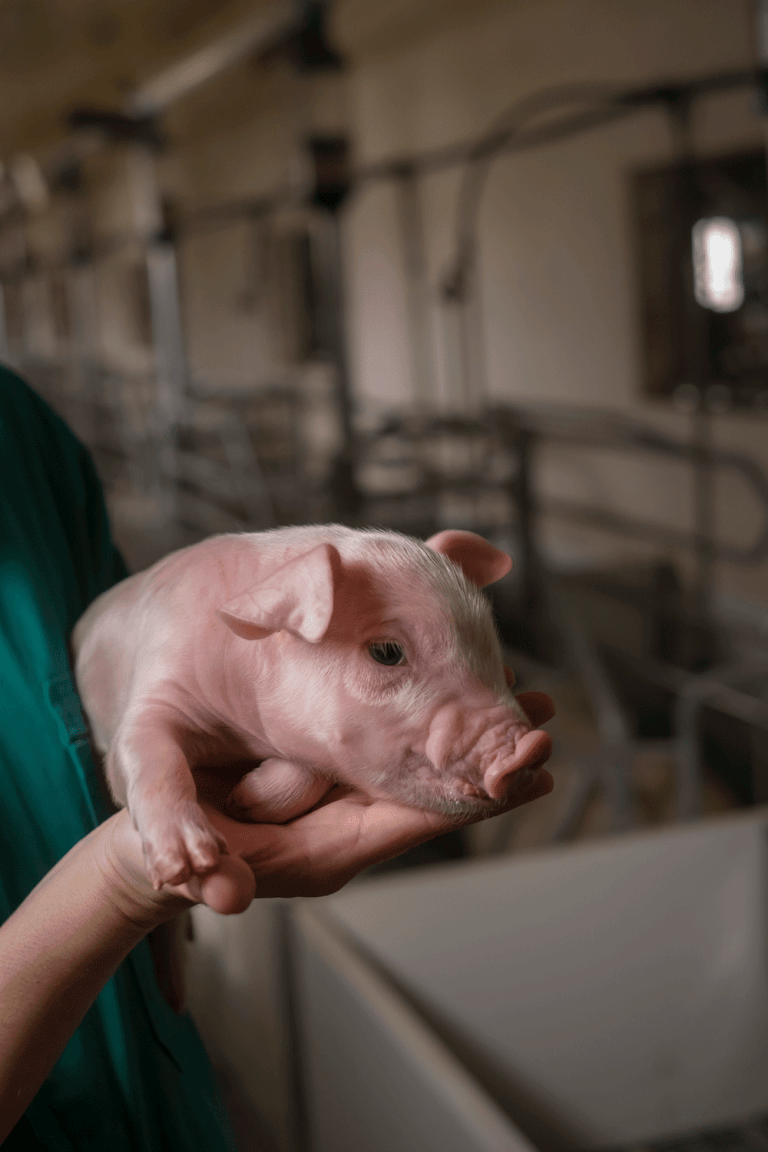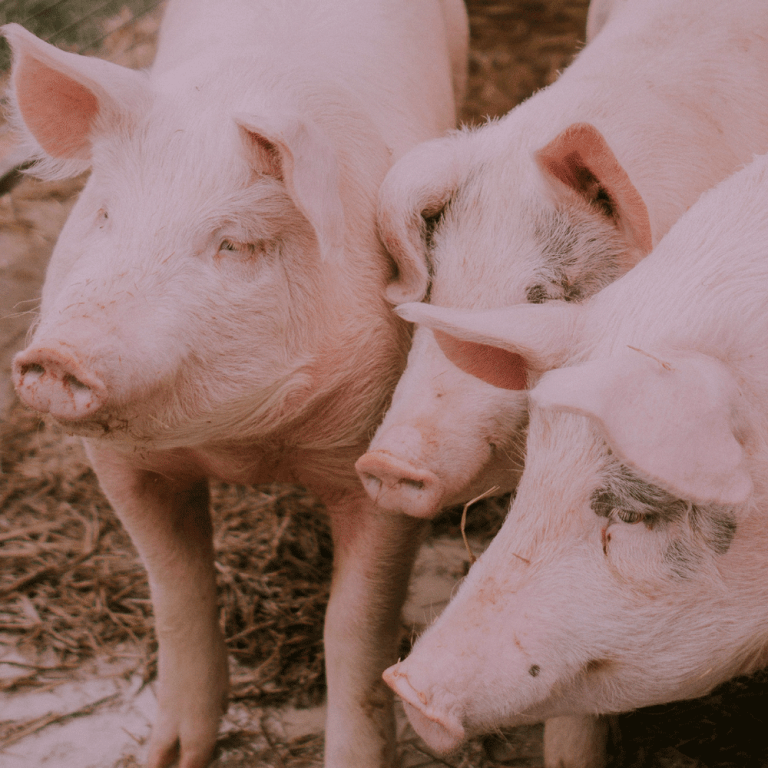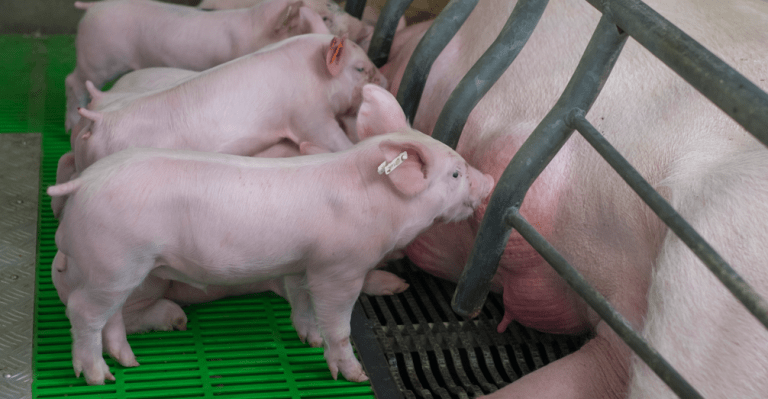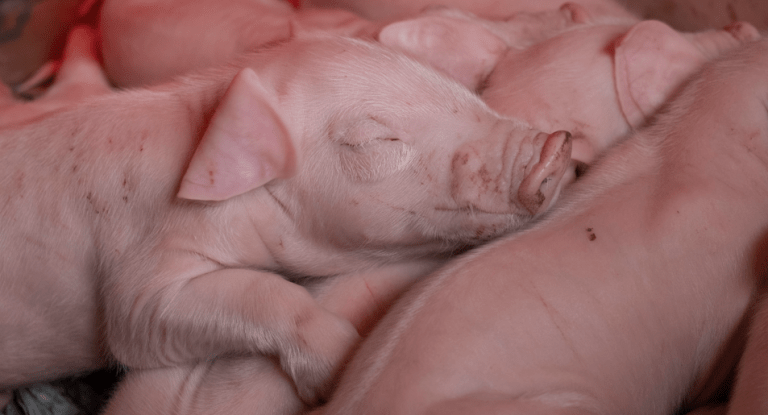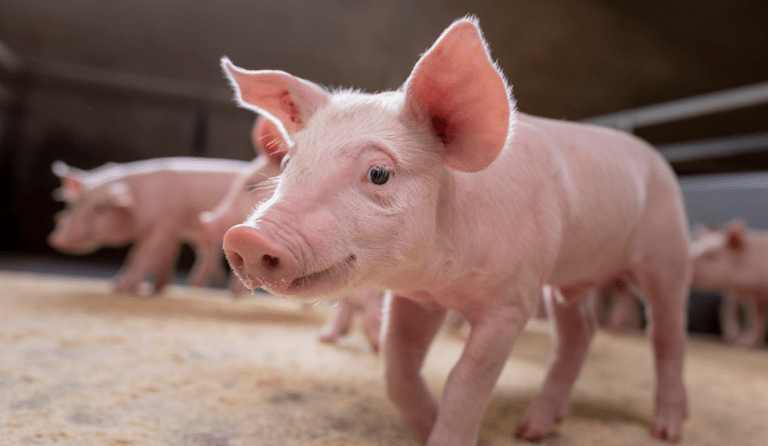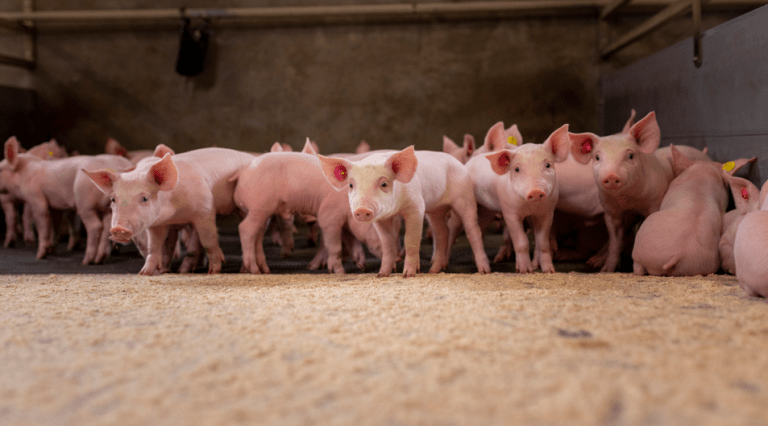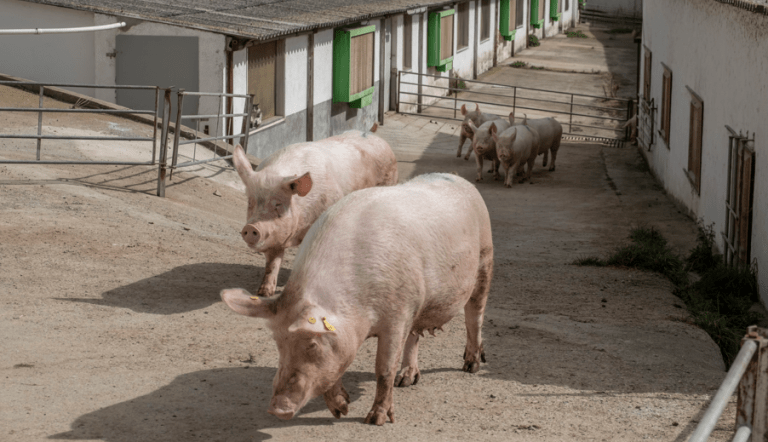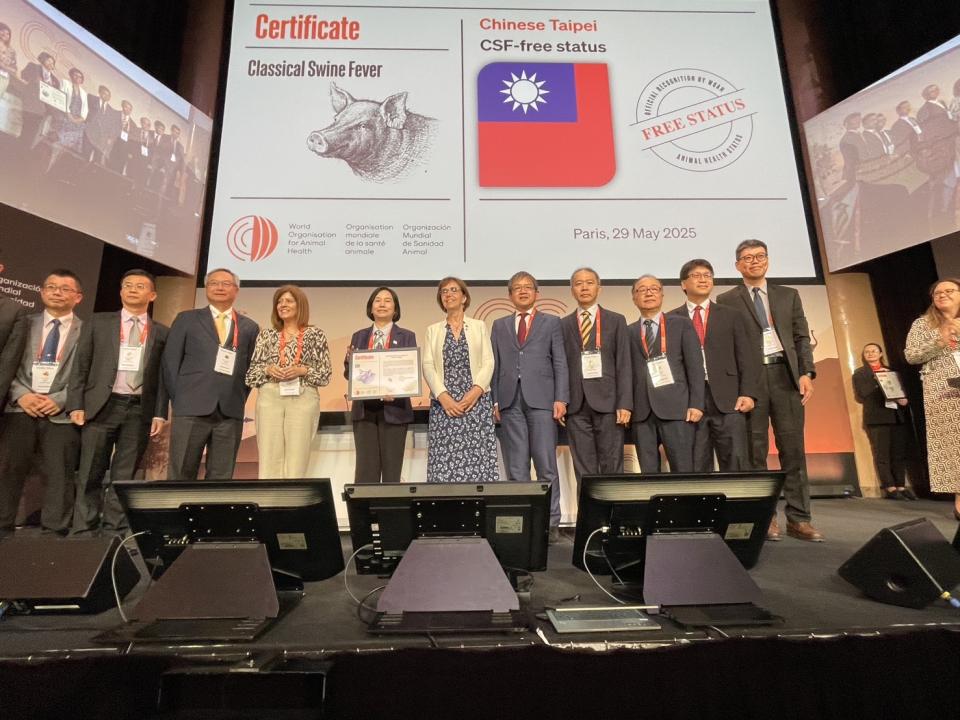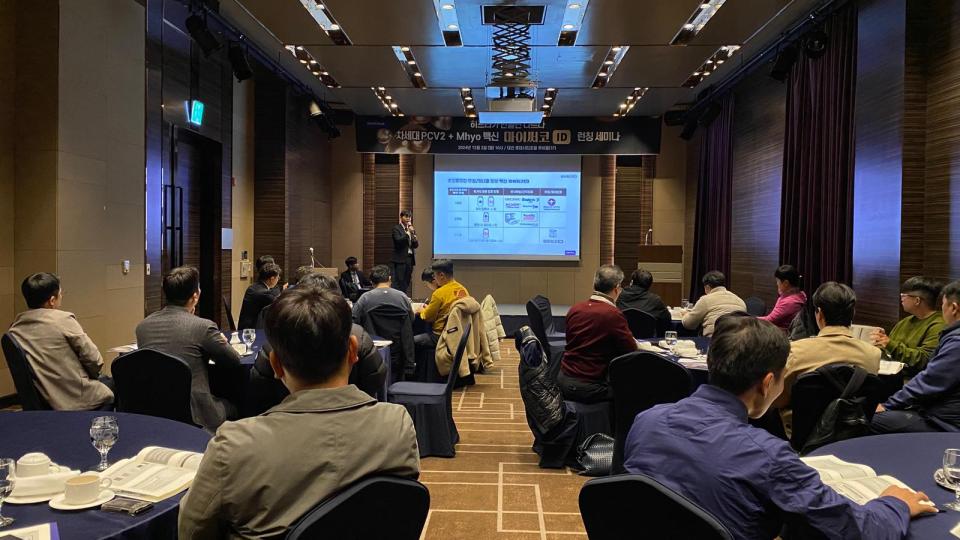Article written by:
D. Solà-Oriol and Josep Gasa
Animal Nutrition and Welfare Service, Department of Animal and Food Science, Universitat Autònoma de Barcelona, Spain
2b. ADEQUATE FEEDING: Maximizing the production of colostrum
Colostrum has an important function providing the piglet with a maternally derived, passive immunity after birth.
It is also the main source of nutrients and growth-promoting peptides for intestinal tract development in the new-born, contributing greatly to passive immunity1,2,3.
Compared to regular milk, sow colostrum contains high concentrations of nutrients (protein and fat) and immunoglobulins (IgG but also IgA, IgM), immune cells, and various antimicrobial substances such as lactoferrin4,5.
Colostrum plays an essential role in piglet survival and growth and is the earliest contribution to reducing neonatal diarrhoea.
Hyperprolific sows: the Colostrum challenge
Since proper colostrum intake is a determining factor for piglet development, sows produce less colostrum than could be consumed by the litter6.

Therefore, although colostrum is freely available during the first hours after birth, in modern sows it might be limited due to the high numbers of piglets born (estimated to vary between 2.5 and 5.0 kg over 24 h for a litter of 8–12 piglets).
Then colostrum production and colostrum intake is one of the most challenging aspects for high prolificacy breeds.
Variability in sow colostrum production
Nutritional aspects do not only determine the variability in sow colostrum production. The main aspects, which explain this variability in colostrum yield, are:
- Sow parity number: young sows up to 3-4 farrowings produce more colostrum than older sows.
- Mammary gland development: similar to milk as the higher the number of milk producing cells in the mammary tissue, the higher the potential colostrum yield.
- Endocrine status: the individual variations in the progesterone decrease and prolactin peak. In this case, a delay in the exchange of those hormones before farrowing may dramatically reduce the yield of colostrum. Moreover, the relative concentration of prolactin and progesterone around farrowing may also affect colostrum yield.
As litter sizes increase, the number of low-weight and low-vitality piglets, which have a lower colostrum intake, also increases7, 8, 9.
Feeding & Colostrum
Although it has been reported that via nutritional strategies and feeding management, colostrum quality may be altered and modulated, any positive feeding strategies to maximise colostrum production is more complex, and should involve mammary gland development and control colostrum synthesis in late gestation.
The excess of feed during gestation may have a negative impact on the sow’s mammogenesis due to excessive fat deposition10.
Correlation between Plasma Urea & Colostrum
On the other hand, there is a positive relationship between circulating plasma urea and creatinine in late gestation and colostrum yield11.
Plasma urea is the final product of protein oxidation and creatinine indicates protein mobilization from muscles. Therefore, some lean tissue mobilization during late gestation may be associated with a higher colostrum yield.
Moreover, colostrum yield is also positively correlated with plasma concentrations of free fatty acids at the end of gestation, indicating that a negative energy balance during this period may enhance colostrum yield.
It has been clearly shown that independently of the feeding curve and feeding strategy during lactation, most sows start with a high demand for nutrients in late gestation12.
In highly productive sows, a flat curve during gestation established to properly satisfy requirements from confirmed gestation (day 35 onward feeding 2.3 to 2.6 kg/d) allowing fat deposition to be controlled until farrowing (±16mm back fat) but a balance between the control of overfeeding and piglet quality at birth is needed.
The balanced concept of the Transition Diet
Mobilization at the end of gestation it is strongly recommended in terms of maximizing the colostrum production, but a balanced concept of this mobilization is required.
For this, the use of a transition diet (containing high levels of amino acids) between the gestation diet and the lactation diet is needed.
These transitions diets are also important issues for those young sows that are still growing in which the pattern of amino acids allows the mobilization without affecting growth neither their productive life.
To sum up…
Our practical advice in order to maximize colostrum yield would be to keep sows at the end of gestation or from the entrance to the farrowing crates with the same curve until farrowing but shifting to a transition diet from 5-7 days before farrowing and 5-7 days after farrowing.
The main points regarding sows during gestation for maximum colostrum yield would be.
- Avoid overfeeding to prevent sows becoming excessively fat.
- Promote the change from anabolic to a catabolic metabolic status of the sow in late gestation.
- Satisfy the concept of “balanced catabolic status” before farrowing by shifting to a transition diet. This transition diet would include a typical gestation energy content with lactation levels of protein and amino acids.
REFERENCES:




